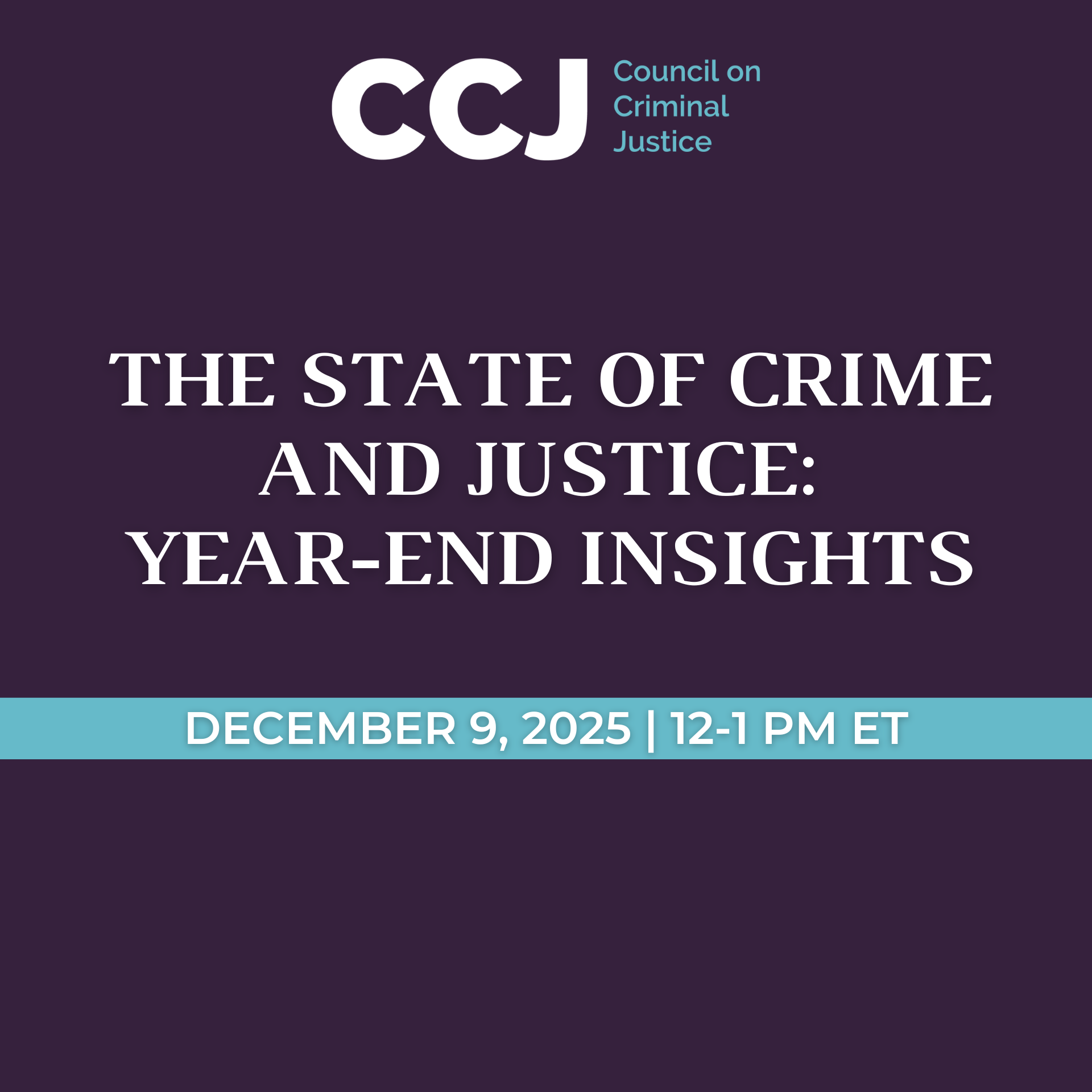This report examines changes in crime rates in 29 American cities since the start of the COVID-19 pandemic in 2020, with a special emphasis on homicide and other violent crimes. This study updates and supplements previous reports released in July, September, and November of 2020, January 2021, and May 2021 with additional crime data through the first half (January-June) of 2021.
Methodology
The study was conducted by criminologist and Professor Emeritus Richard Rosenfeld and Ernesto Lopez, Council on Criminal Justice Research Specialist.
This study examines monthly crime rates for ten violent, property, and drug offenses in 29 U.S. cities. The crime data were obtained from online portals of city police departments that provided weekly updates for the period between January 2018 and June 2021. The largest city in the sample is Los Angeles, with nearly 4 million residents. The smallest is Norfolk, Virginia, with 245,000 residents. The data are subject to revision, and not all cities reported data for each crime or for each week. Offense classifications also varied somewhat across the cities.
Findings
- The number of homicides increased by 16% during the first half of 2021 – 259 more homicides – compared to the same period the year before, and by 42% – claiming an additional 548 additional lives – compared to the same time frame in 2019. The increase in homicide slowed between the first and second quarters of 2021.
- The aggravated assault rate was 9% higher in the first half of 2021 than during the same period in 2020, and the gun assault rate was 5% higher in the first half of 2021 than the year before. Motor vehicle theft rates were 21% higher in the first half of 2021 than the year before.
- Other major crimes declined. Robbery (-6%), residential burglary (-9%), nonresidential burglary (-9%), larceny (-6%), and drug offense (-12%) rates dropped from the same period in 2020.
- The domestic violence rate was 2% higher in the first half of 2021 – 2,589 more incidents – than the year before. But this result should be viewed with caution because it is based on data from just 12 cities for which data were available. In addition, a previously released Council on Criminal Justice systematic review documented an 8.1% increase in domestic violence incidents after jurisdictions imposed pandemic-related lockdown orders in the spring of 2020.
- The authors’ conclusions have not changed: As the pandemic subsides, long-lasting reductions in violence and crime will require pursuing evidence-based crime-control strategies and enacting long-needed reforms to policing.



